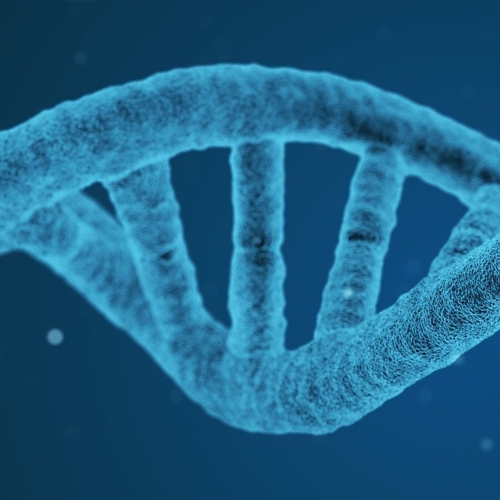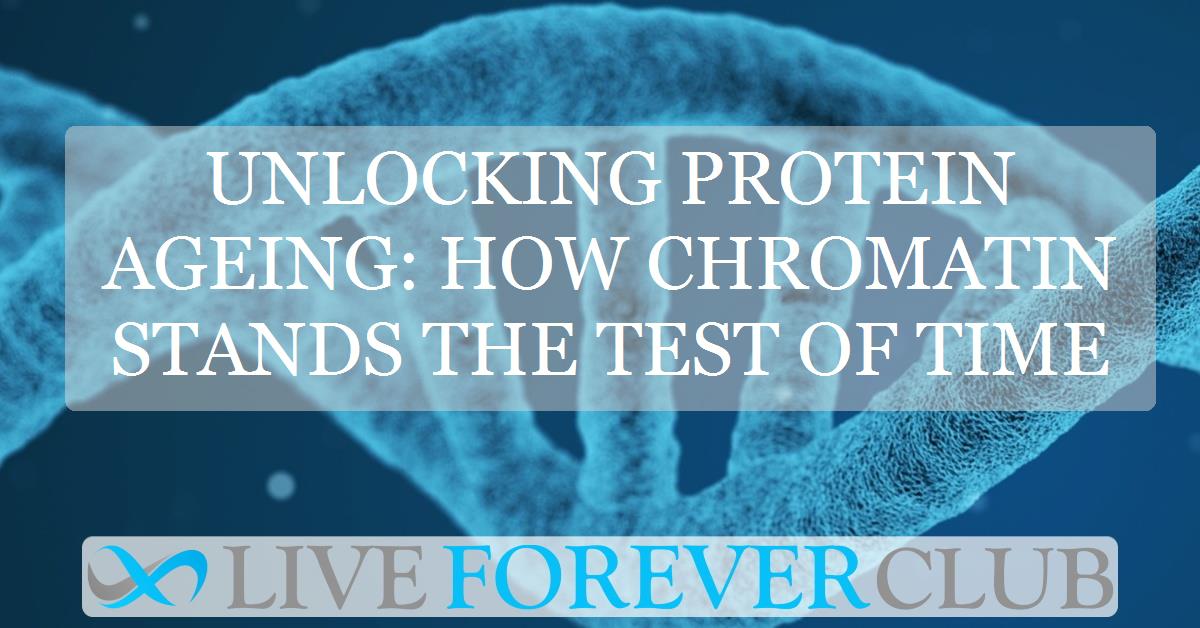Key points from article :
Scientists at King’s College London and the Francis Crick Institute have developed the most complex model yet of how proteins undergo “wear-and-tear” as they age. Their study, published in the Journal of the American Chemical Society, suggests that chromatin—the DNA-protein complex that houses the genome—is surprisingly resilient to ageing. This finding could help pinpoint which parts of the body are more vulnerable to age-related damage and pave the way for future anti-ageing therapies.
Proteins, including the histones that make up chromatin, undergo natural chemical changes called post-translational modifications (PTMs) as they age. These changes can alter their structure and function, sometimes leading to disease. However, ageing is a slow process, making it difficult to study protein deterioration in living cells. To address this, researchers recreated chromatin in a test tube at two different life stages: newly formed and aged, with the latter carrying an ageing-related PTM. At approximately three million daltons, this artificial chromatin model is the largest of its kind.
The study revealed that while PTMs caused extreme local changes in aged proteins, chromatin as a whole remained structurally intact. However, enzymes that normally interact with chromatin failed to recognize the aged regions, disrupting their function. Dr. Luis Guerra, a co-author, likened this resilience to an old computer—while some components may degrade, the core system continues to operate. Understanding when and how ageing damages chromatin beyond repair could lead to better anti-ageing treatments that help maintain cellular function for longer.






